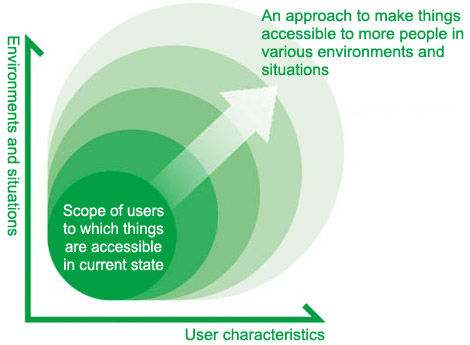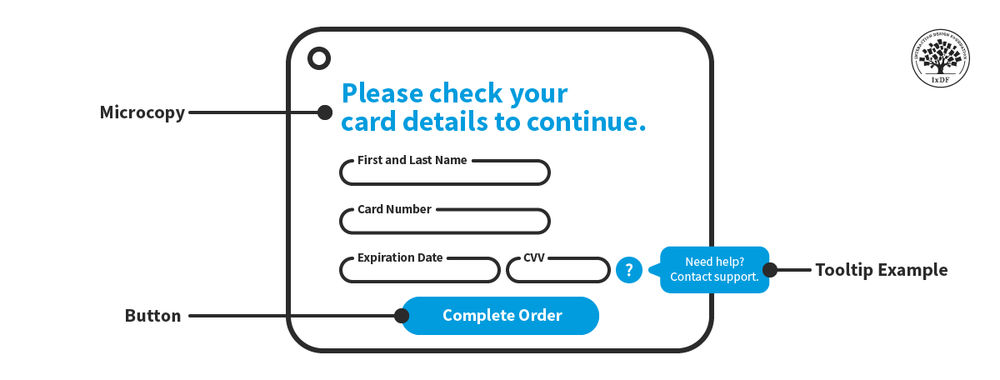We know that a lot of lip service is paid to the idea of accessibility. That’s building online and offline products which can be used easily, not just by the fully able but also by those people with people with disabilities. It’s often assumed that building accessible products is prohibitively expensive but that's often not the case and the truth is that a more accessible product often provides a better user experience for both fully abled as well as the disabled.

If that’s not reason enough to design for accessibility; here are some commercial reasons to do so:
Reasons to Design for Accessibility

Did you know that around 14% (give or take) of the population considers themselves to have a disability? That means that 1 in 7 of your potential customers needs you to consider accessibility. Have you thought about how much money you are leaving on the table when you don’t?
Then there are other problems that people face that they don’t consider to be “disabilities” but which certainly impair their ability to make easy use of all products. Colour blindness, for example, affects nearly 10% of all people. Organizations for the blind say that 4% or more of a population will have trouble seeing properly. Elderly people make up over 20% of the population in many countries and this number is increasing; those people may not be disabled but often have mobility and other sensory challenges to overcome.
That means that potentially half of the audience may have an accessibility challenge that they need you to overcome for them. That’s half. 1 in 2 of your customers. Can you afford to turn them away? We don’t think so.
Even More Reasons
Accessibility’s not just an issue faced by the disabled. The top-of-the-range website may need the latest computing equipment, browsers and huge high speed broadband capacity. Yet, not everyone has those things.

Smartphones and PDAs often don’t support image rendering properly. You need to test for this before releasing a product.
I live in Cambodia. Trust me when I tell you that our internet is not a 50 Mbps connection that runs completely uninterrupted forever. People like me try and remove pictorial content unless we really need it so that we can get content today rather than next year.
Flash can ruin everything for everyone. Not only does it require endless updates but it causes browsers to crash on a monotonous basis. We like what Flash can do, but rather like Steve Jobs most of us don’t like how it does it.
Not every web user can even access JavaScript; it may be disabled by choice or just be lacking from their access environment.
In Summary
If half your audience can’t convince you that you need to design for accessibility; nothing will. The one thing is certain – if you don’t cater for those people, someone else will. And when they do; you’re going to lose not just their business but the business of that other 50% of your audience too – because their friends, family, colleagues, etc. will be making a switch and we all like to do the same things in the same the way if we can.
Header Image: Author/Copyright holder: NEC Corporation Inc. Copyright terms and licence: All rights reserved. Img
Image Source:
Header: Image
People: Image
Accessibility: Image
Rez: Image












